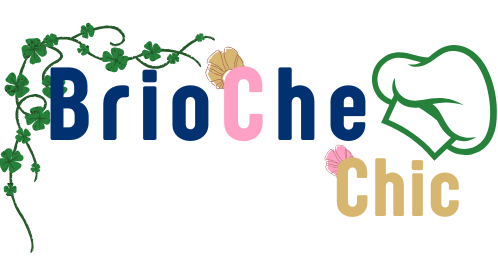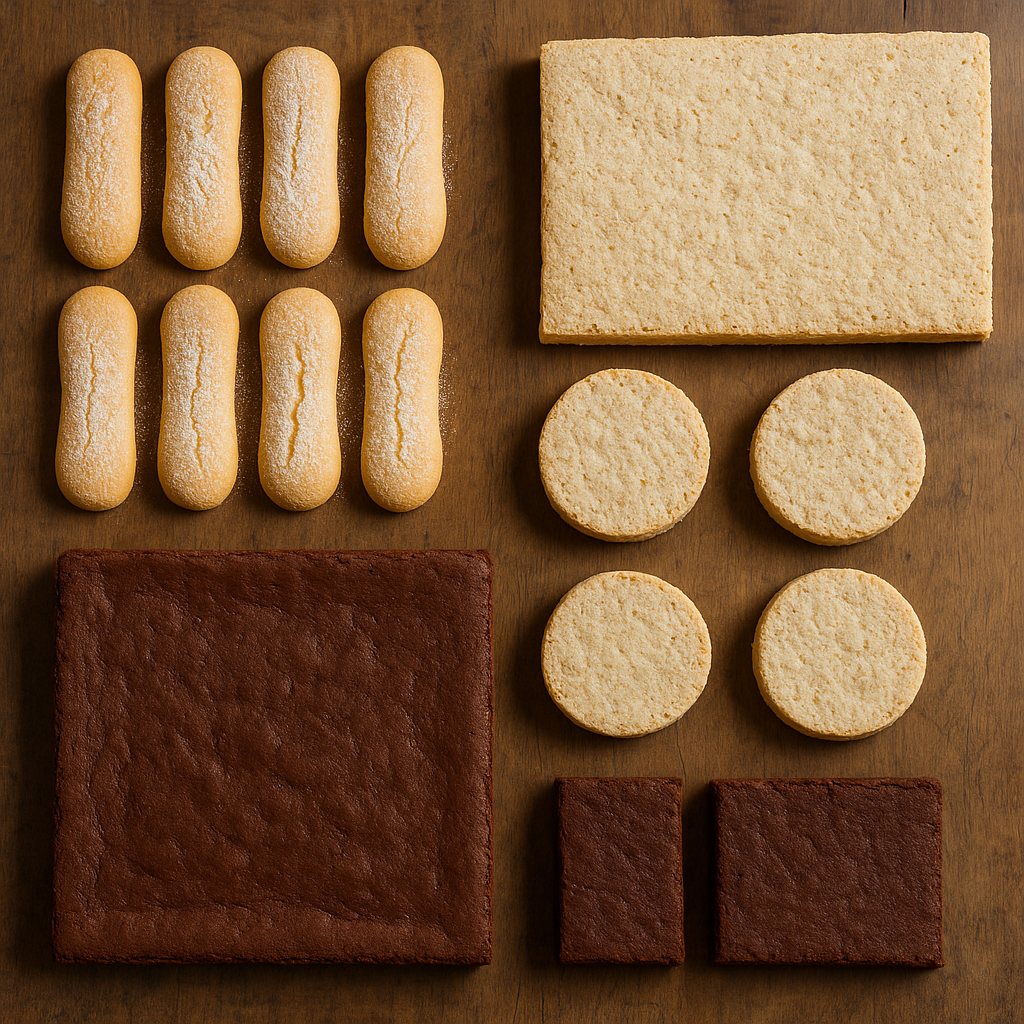how to make biscuits
In the delicate world of pâtisserie, biscuits are more than layers in a dessert—they are expressions of texture, craftsmanship, and emotion. Today, I present five distinct biscuit styles, each crafted with a unique intention, without listing ingredients or names. Let their textures, colors, and personalities paint the picture.
A Deep, Intense Creation
Dark and rich in tone, this biscuit exudes confidence. Its bold color hints at an indulgent character, offering a firm bite and a lingering finish. Perfect as a foundation or star element, it carries depth and elegance in equal measure.
The Pale Beauty
Subtly soft with a snowy appearance, this biscuit is all about lightness and gentleness. It brings a tender texture and a whisper of sweetness, balancing beautifully in layered desserts or served on its own as a refined delight.
The Airy Classic
Featherlight and full of bounce, this biscuit stands out for its sponge-like structure and ethereal texture. It soaks up accompanying flavors with grace and is the unsung hero in many timeless confections.
The Nutty Elegance
With a slightly crisp edge and a chewy heart, this biscuit reveals layers of finesse. Its texture is as inviting as its visual appeal, offering an experience that feels both rustic and refined. A true celebration of balance.
The Flourless Marvel
Unexpected and bold, this biscuit breaks conventions with its dense yet tender body. It delivers a rich, almost creamy bite that captivates the senses. With a surface that may crack ever so slightly, it tells a story of daring simplicity.
Chocolate Biscuit
Ingredients:
- 40 eggs
- 1 kg granulated sugar
- 850 g flour
- 150 g cocoa powder
- 7 g baking powder
Required Equipment:
- Stand mixer with whisk
- Flexible spatula
- Sieve
- Baking trays
- Parchment paper
- Precision scale
Preparation:
- Preheat the oven to 180°C (fan-assisted).
- In a stand mixer, beat the eggs and sugar until the mixture becomes pale and fluffy, reaching the ribbon stage.
- Sift together the flour, cocoa powder, and baking powder.
- Gently fold the dry mixture into the egg mixture using a spatula, keeping the batter light and airy.
- Spread the batter evenly onto baking trays lined with parchment paper, in the desired shape.
- Bake for 10 to 12 minutes, depending on the thickness. The biscuit should be cooked through but still soft to the touch.
- Let it cool before unmolding or cutting as needed.
Ladyfinger Biscuit
Ingredients:
- 400 g egg yolks
- 350 g sugar
- 500 g flour
- 10 g vanilla
- 600 g egg whites
- 150 g sugar
Preparation:
- Preheat the oven to 180°C (350°F).
- Whisk the egg yolks with 350 g sugar and vanilla until pale and creamy.
- Beat the egg whites with 150 g sugar until stiff peaks form.
- Gently fold the egg whites into the yolk mixture.
- Sift in the flour and fold carefully to keep the batter light.
- Pipe the batter onto parchment-lined trays, dust with powdered sugar.
- Bake for 10 to 12 minutes. Let cool before use.
Almond Dacquoise Biscuit
Ingredients:
- 300 g egg whites
- 300 g sugar
- 240 g almond powder
- 200 g powdered sugar
- 60 g flour
Preparation:
- Preheat the oven to 170°C (340°F).
- Whip the egg whites with sugar until firm meringue forms.
- Sift together almond powder, powdered sugar, and flour.
- Fold the dry ingredients gently into the meringue.
- Pipe the batter onto parchment-lined trays as desired.
- Bake for 15 to 18 minutes. Let cool before handling.
Flourless Chocolate Biscuit
Ingredients:
- 600 g egg whites
- 625 g granulated sugar
- 400 g egg yolks
- 170 g cocoa powder
Preparation:
- Preheat the oven to 180°C (350°F).
- Whip the egg whites with sugar until stiff peaks form.
- Gradually add the egg yolks while whisking briefly.
- Gently fold in the sifted cocoa powder.
- Spread the batter evenly on parchment-lined trays.
- Bake for about 12 minutes. Let cool before cutting.
Conclusion
The biscuits we’ve explored are far more than simple cake bases—they are true works of pastry art, each boasting its own unique texture, flavor, and personality. Whether it’s the airy lightness of the ladyfinger biscuit, the tender crunch of the almond dacquoise, or the rich intensity of the flourless chocolate biscuit, every recipe showcases the finesse of technique and depth of taste. Mastering these biscuits opens the door to endless creative possibilities—from elegant entremets to festive cakes and modern classics.
Beyond technique, it’s also a sensory and creative journey. Every step, every ingredient, every careful fold matters to achieve the perfect harmony of flavors and textures. These details transform a simple pastry into a moment of sharing and emotion.Link to your Opéra Cake recipe:
“These sponge bases pair perfectly with layered desserts like the classic Opéra Cake.”A link to La Cuisine de Référence or Escoffier’s guide
Questions & Answers
Q1: Can these biscuits be prepared in advance?
Yes, all of these biscuits keep well for several days in an airtight container at room temperature, and can also be frozen for longer storage if properly wrapped.
Q2: What molds or trays should I use for these biscuits?
For ladyfingers and dacquoise, baking trays lined with parchment paper and a piping bag for shaping are ideal. The flourless chocolate biscuit is spread directly onto a baking tray. Round, square, or ring molds work well for cutting into shapes.
Q3: Can ingredients be substituted?
These biscuits rely on classic ingredients for specific textures and flavors. For example, almond powder in dacquoise can be replaced with other nut powders but will change the final result. It’s best to stick to the recipes for optimal outcomes.
Q4: How do I achieve a light and airy texture?
The key lies in properly whipping the eggs (whites or yolks) and gently folding in the dry ingredients. Using an electric whisk to get stiff peaks and folding with a spatula preserves the airiness in the batter.
Q5: What are the best uses for each biscuit?
- Ladyfinger biscuits are perfect for charlottes or tiramisus.
- Dacquoise pairs beautifully with mousses and creams in layered desserts.
- Flourless chocolate biscuit is ideal for rich desserts like chocolate cakes or yule logs.

